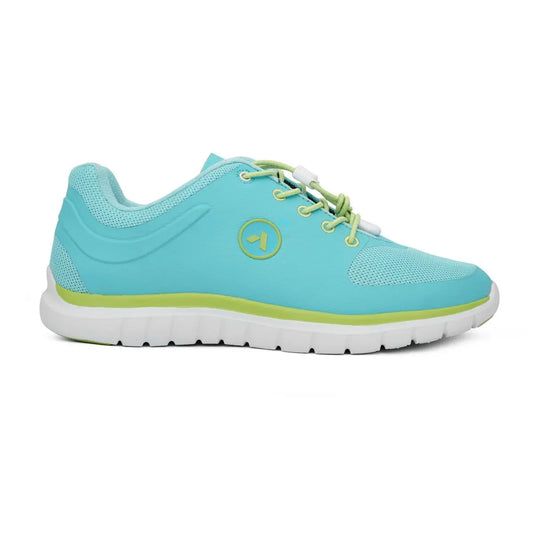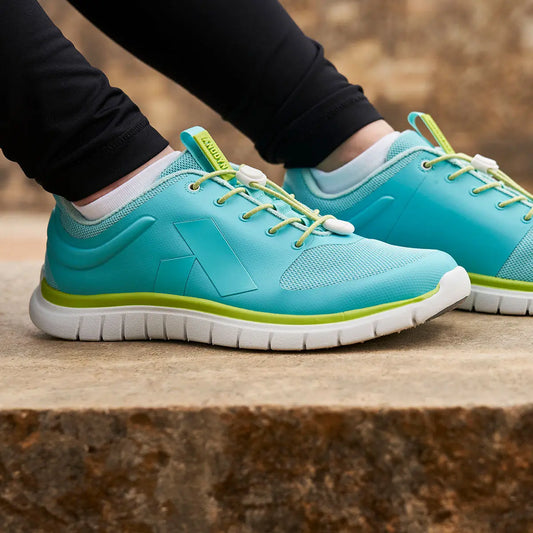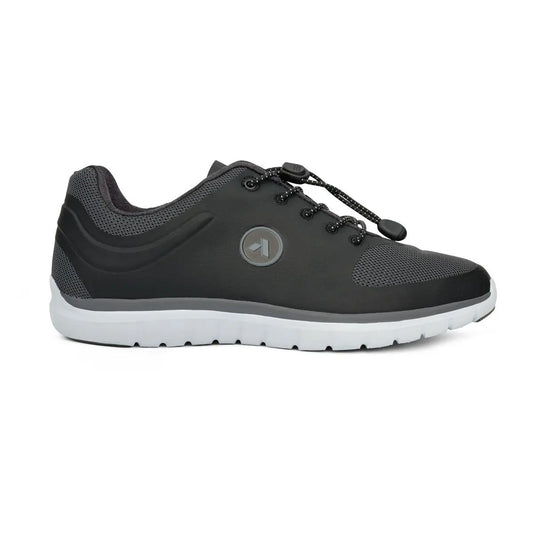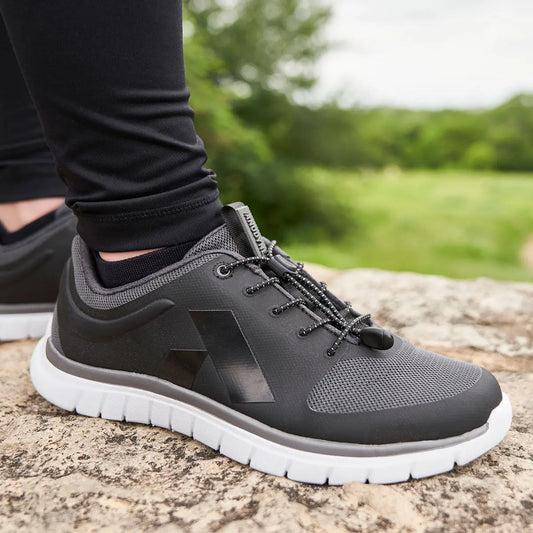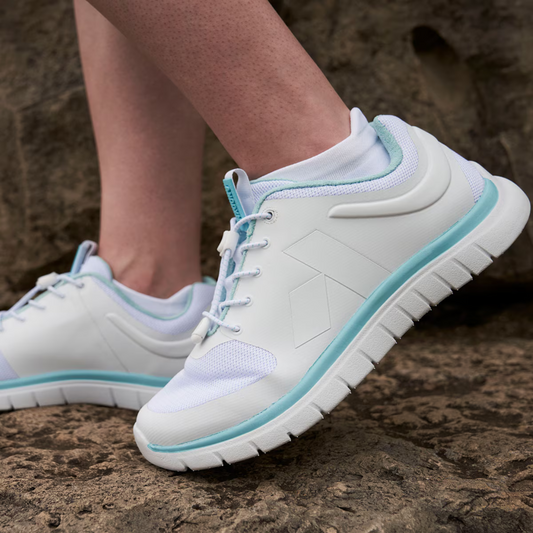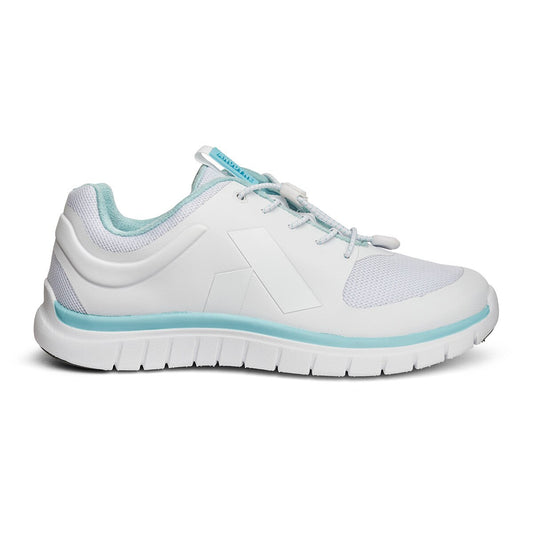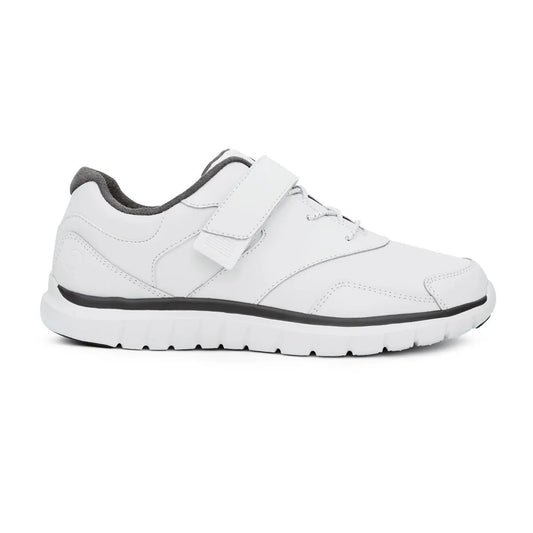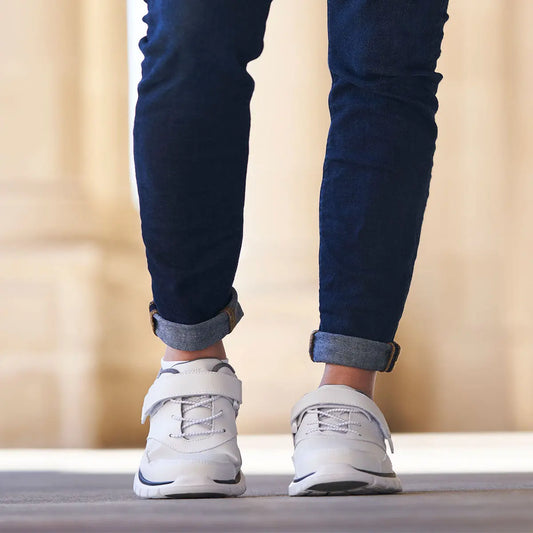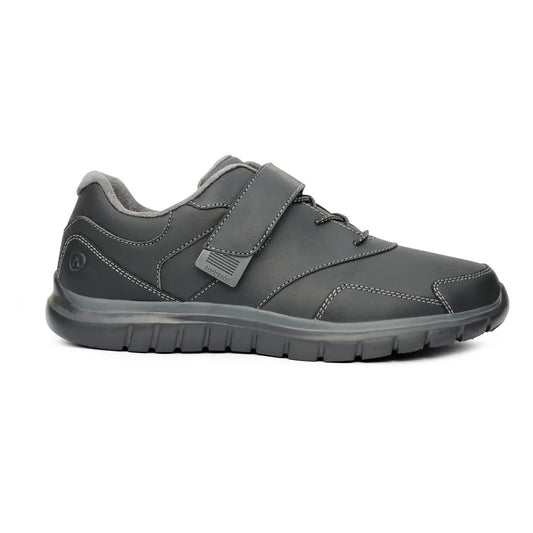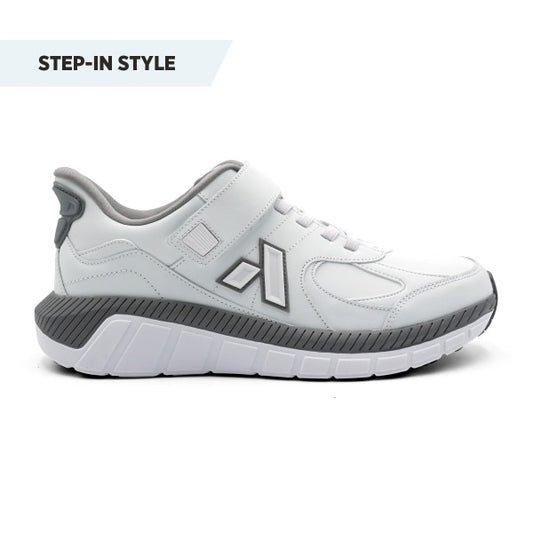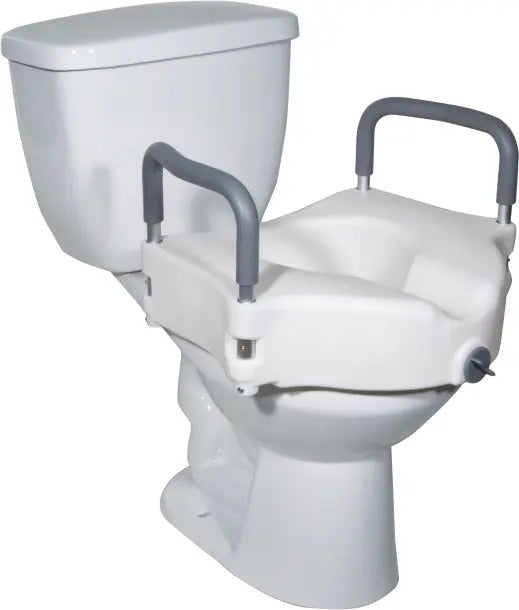At Dahl Medical Supply, we understand the vital role that proper diabetic footwear plays in improving quality of life and preventing complications for individuals with diabetes. However, due to Medicare’s increasingly strict and complicated policies, we regret to inform our customers that, as of January 1, 2025, we will no longer be able to offer diabetic shoes through Medicare coverage.
Why We No Longer Offer Shoes Through Medicare
Medicare’s Policies and Procedures for diabetic footwear have become excessively burdensome, making it increasingly difficult for us to continue offering these products under the program. Here are some of the key reasons:
Complex Documentation Requirements:
- Medicare requires extensive documentation for every diabetic footwear order, including detailed physician notes, medical records, and proof of diagnosis. The documentation process is not only time-consuming, but often involves multiple levels of approval, causing delays and confusion for both the customer and us as a provider.
- There is a high rate of claims rejection due to errors or incomplete documentation, and it’s common for Medicare to request additional information long after the initial submission, leaving both patients and providers in limbo for extended periods.
Strict Eligibility Criteria:
- Medicare's criteria for diabetic footwear coverage is extremely rigid. Only specific conditions—such as peripheral neuropathy, a history of amputation, or severe foot deformities—qualify for coverage, and even then, meeting these criteria can be complicated. For example, neuropathy needs to be diagnosed with specific testing, and certain foot conditions may need to be substantiated by other medical specialists.
- If the qualifications aren’t met exactly according to Medicare’s standards, the claim will be denied, leaving the patient without coverage for the shoes they desperately need.
Reimbursement Issues:
- The reimbursement rates provided by Medicare for diabetic footwear are extremely low, making it economically unfeasible for us to continue providing these shoes through the program. The reimbursement doesn’t cover the cost of the shoes, associated shipping, or the required administrative effort, which often leads to financial losses for our business.
- Additionally, Medicare’s delayed payment cycles create an added burden on small businesses like ours, which are already stretched thin due to rising costs and operational challenges.
Frequent Changes to Policies:
- Medicare’s policy changes are frequent and unpredictable, and it has become incredibly difficult to keep up with these modifications. Often, updates to reimbursement rates, approval requirements, and eligibility criteria are made without clear communication, causing confusion and additional hurdles for both patients and providers.
- These constant changes require our team to frequently adjust our processes, leading to additional administrative costs and time spent on compliance rather than focusing on serving our customers.
Denied Claims and Appeals:
Even after all the necessary documentation and approvals are obtained, it’s still common for Medicare to deny claims, requiring an often-lengthy appeals process to get the shoes covered. Unfortunately, many claims are rejected for arbitrary reasons, leading to an additional financial burden on our patients and ourselves.
The amount of time and resources required to appeal these denials is often disproportionate to the value of the transaction, and many of our customers find the experience frustrating and discouraging.
The Bottom Line:
While we genuinely want to help our diabetic customers by offering affordable and comfortable footwear, the complexities of Medicare’s policies have made it increasingly difficult to provide these shoes through the program. The combination of excessive documentation, stringent eligibility criteria, low reimbursement rates, and frequent policy changes has created an environment that is simply no longer sustainable for small businesses like ours.
We understand this decision may be disappointing, especially for those who rely on Medicare to help with their healthcare needs. However, we remain committed to offering high-quality diabetic footwear directly to our customers at competitive prices, without the barriers imposed by insurance. We believe this approach will ultimately allow us to provide better service, faster delivery, and a more seamless shopping experience.
We Are Here to Help You:
If you need assistance selecting the right diabetic footwear or have any questions about our products, please do not hesitate to reach out to us. We’re here to ensure you receive the best products and customer support, regardless of insurance coverage.
For any questions, feel free to contact us:
- Email: dsteffes@dahlmedicalsupply.com
- Phone: (612) 334-3159
Thank you for your understanding, and we look forward to continuing to serve you!






